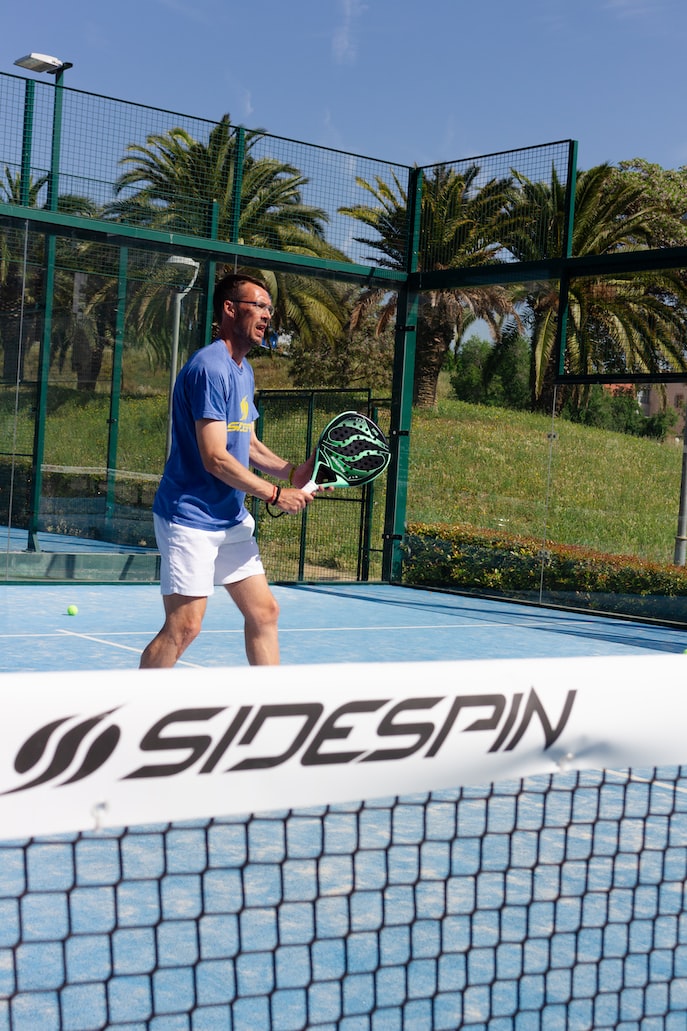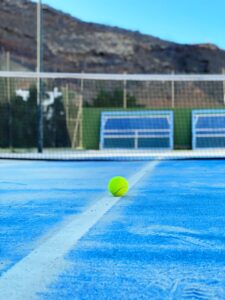Improving Your Reaction Time in Padel: Exercises and Drills
3 min read
Improving Your Reaction Time in Padel: Exercises and Drills
Greetings, fellow padel enthusiasts! Whether you’re a seasoned player or just beginning your journey in the world of padel doubles, one thing is certain – reaction time plays a crucial role in your success on the court. The ability to quickly anticipate and react to your opponents’ shots can give you a competitive edge and make your game truly remarkable.
Understanding the Importance of Reaction Time
Before diving into specific exercises and drills, let’s take a moment to understand why reaction time is essential in padel doubles. Padel is a fast-paced sport that relies heavily on reflexes and quick decision-making. In order to successfully defend against your opponents’ shots, you need to be able to react instantly, predicting the trajectory and speed of the ball. Similarly, a swift reaction can help you seize opportunities and turn defense into offense.
Exercise 1: The Quick Hands Game
Now that we understand the significance of reaction time, let’s move on to improving it through some fun and engaging exercises. The Quick Hands Game is a fantastic drill to enhance your reflexes and hand-eye coordination.
To set up the game, find a partner and stand facing each other on opposite sides of the net. Start with the player on one side throwing the ball towards their partner’s body, alternating between left and right sides. The receiver must quickly react and hit the ball back before it touches the ground. Gradually increase the speed and accuracy, challenging each other to improve your reaction time.
Remember, the key to this drill is speed, so focus on reacting instinctively rather than overthinking your shots. With regular practice, your reaction time will improve, and you’ll be amazed at how swiftly you can return shots in a real padel match.
Exercise 2: Reaction Ladder
The Reaction Ladder is an excellent drill that simulates the unexpected shots you may encounter in a padel doubles game. It helps fine-tune your reaction time and ability to quickly adjust to changing situations.
Mark two lines on the ground, approximately one meter apart. Place yourself on one line, and have your partner stand on the opposite side. The goal is to react to your partner’s shots by moving forward or backward accordingly. Your partner can hit the ball towards either line, leaving you with little time to adjust your position.
As you become comfortable with this drill, increase the complexity by incorporating both lateral movement and hitting the ball towards different lines. This will challenge your reflexes and improve your reaction time in various game scenarios.
Exercise 3: Mirror Reflexes
Finally, let’s explore an exercise that not only enhances your reaction time but also improves your ability to read your opponents’ shots.
Stand facing your partner, each holding a paddle. Your partner will begin hitting shots in a random sequence, and your task is to mirror their movements as precisely as possible. This exercise forces you to focus on your partner’s body language, helping you anticipate shots and react swiftly.
Remember to stay relaxed during this drill. Tension and hesitation will hinder your reaction time. Trust your instincts and let your reflexes do the work.
Wrap Up
Congratulations! By incorporating these exercises and drills into your padel training regimen, you are taking proactive steps toward improving your reaction time in padel doubles. Stay committed, practice regularly, and you’ll soon notice a significant difference in your ability to react swiftly and effectively on the court.
So, next time you step onto the padel court, remember the importance of reaction time and bring these exercises to life. With dedication and a bit of patience, you’ll be on your way to becoming a formidable opponent in no time!







